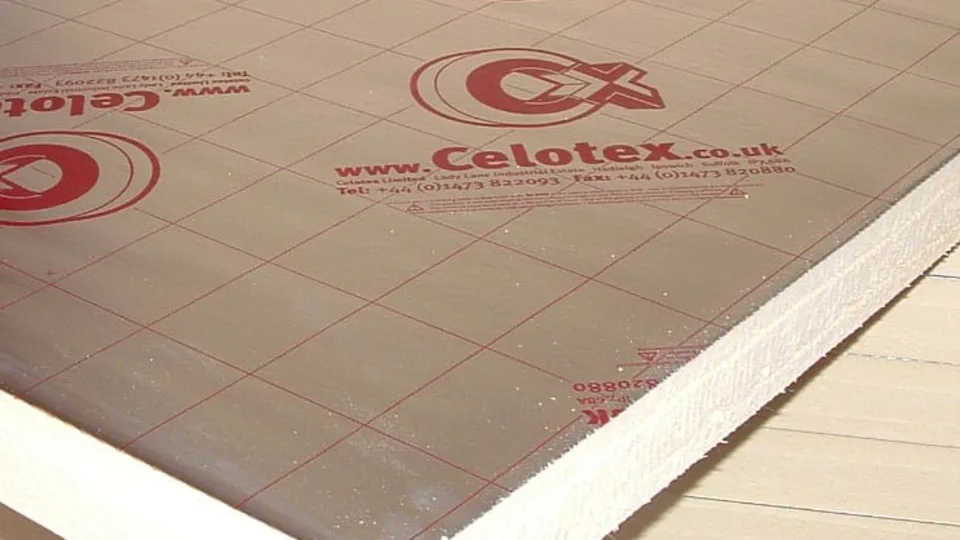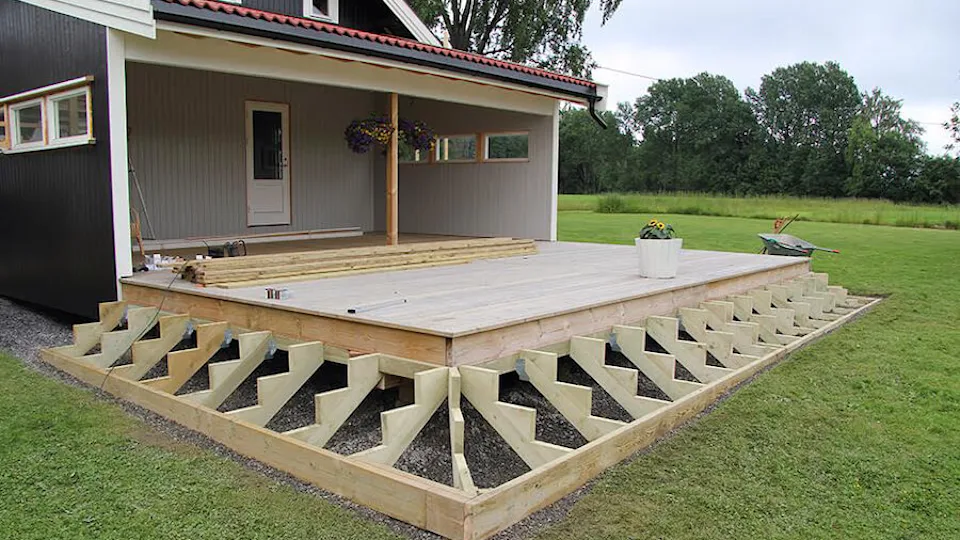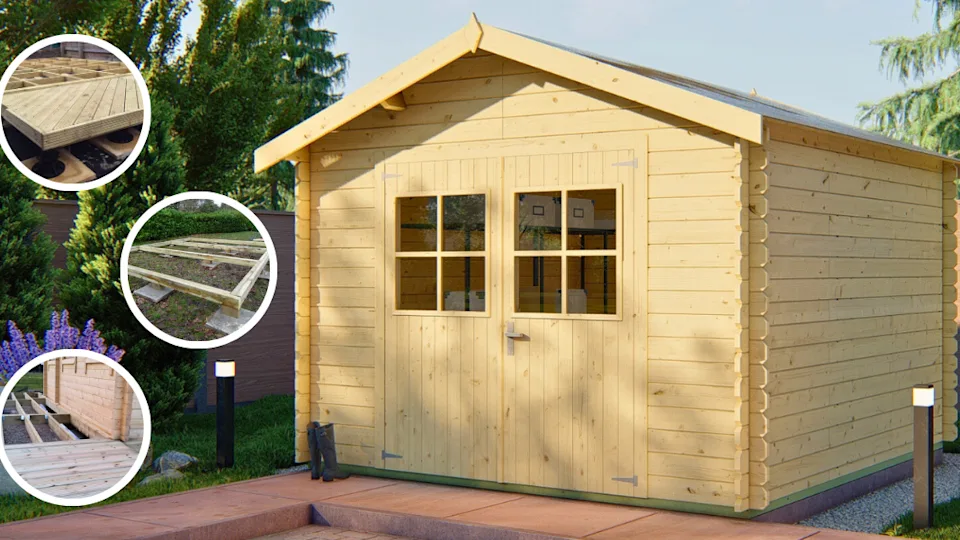Garden shed insulation
A crucial aspect often overlooked for garden buildings. As the temperature drops and winter sets in, ensuring your garden shed is well-insulated becomes essential for both comfort and functionality. Whether your shed serves as a summerhouse or a storage space, the right insulation can make a significant difference.
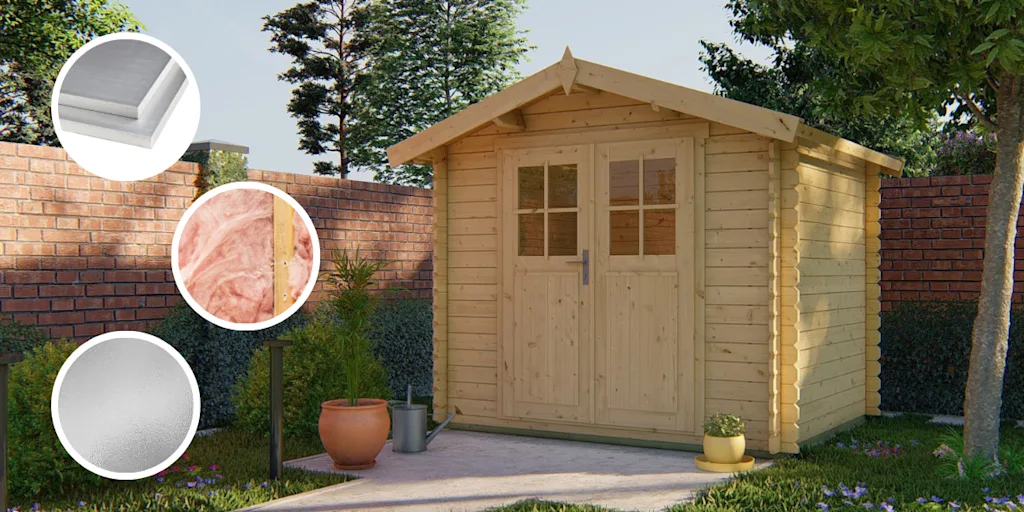
Is it worth insulating a shed?
Insulating your shed offers numerous benefits for whatever the use. Insulation helps regulate the temperature inside the shed, making it more comfortable during both hot summers and cold winters. This is especially important if you use the shed as a workspace, summerhouse or home office. As how insulation works in housing, it can also offer energy efficiency all year around, saving you on both heating and cooling solutions inside. If you use your shed to store tools, equipment or any materials that you would like to keep dry and damp free. Insulation helps prevent extreme temperature fluctuations and moisture build-up, safeguarding items stored in the shed.
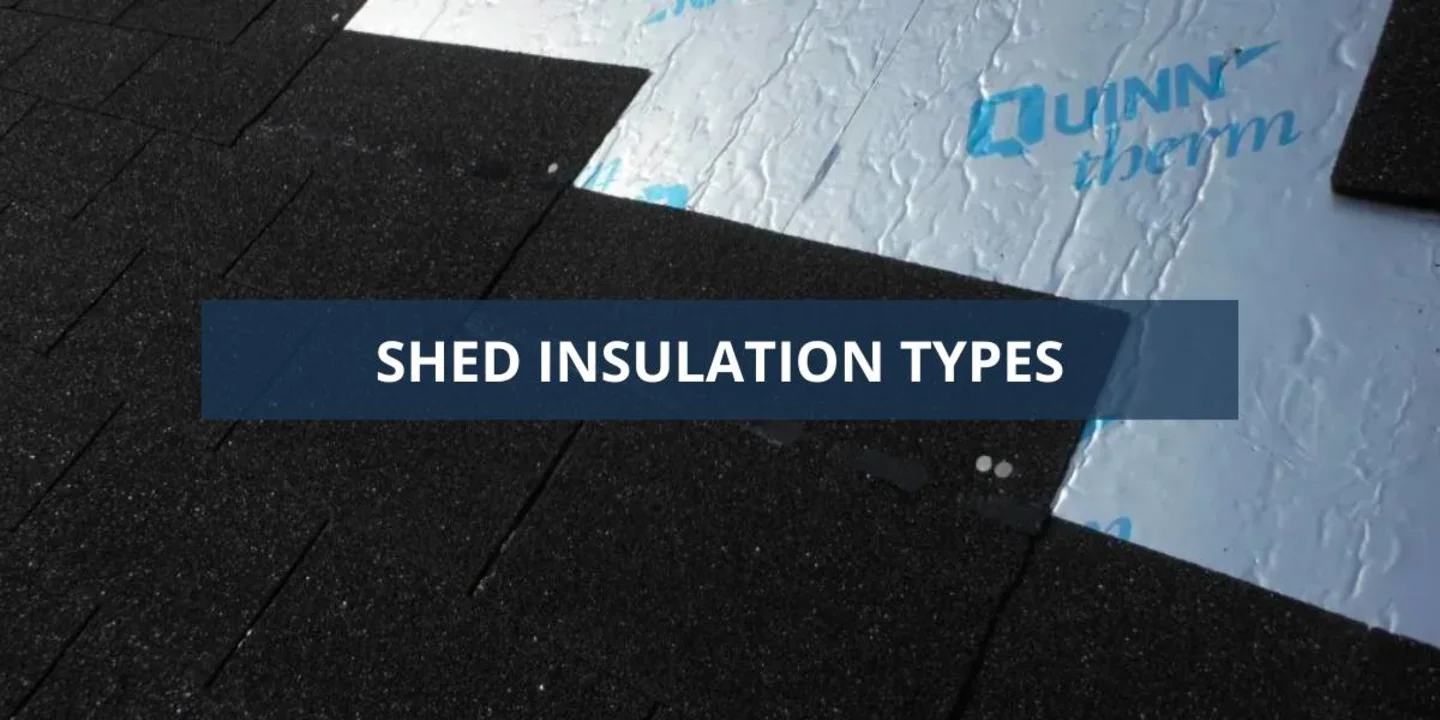
What is the best insulation for a shed?
We highly recommend the foam board insulation route for your garden shed. This material offers excellent thermal resistance, making it an ideal choice for maintaining a dry and energy-efficient space. The boards allow for easy cutting and installation, ensuring a snug fit in various spaces within your shed. At 30mm thick, our shed insulation boards will provide the right amount of insulation for your garden building. We also recommend pairing your insulation with a Damp Proof Breathable Membrane, which is available on our shed insulation page. If you’re planning to insulate both the roof and roof for your shed, we sell insulation kits for most of our garden buildings. Saving you time calculating how much material you would need.
Cheapest way to insulate a shed
Fiberglass/fiber wool insulation is widely available and tends to be one of the more budget-friendly options. Once measured, panels of the wool can be cut out and secured between the shed frame and wall panels. We highly recommend you cover your body while working with this, with thick gloves and sleeves as the glass can stick to skin quite easily. Reflective foil insulation is another cost-effective option that reflects heat away. Similar to fiberwool, it’ll be provided in rolls that are easy to cut, this is the most common option for shed insulation.
How to insulate a shed?
There are two ways to insulate a garden shed, the method you should go for can depend on the type of building you have as well as your preference. Insulating the floor and roof This process of insulation is best done during the installation process of your shed. Cut your chosen insulation to fit in between the floor joists as well as over your roofing boards. Once the insulation is in place, secure with another layer of timber or your chosen roofing and reap the benefits. Read our blog for more information on Insulating the floor and roof.
Insulating the walls/twin skinning
Twin skinning is a process used more commonly for paneled sheds, allowing you to cut and fit the insulation in between the wall joists. Finish with a new wall of plywood or timber to complete this installation process.
Looking for more Shed related content? Check out our blog on Shed Base Ideas




